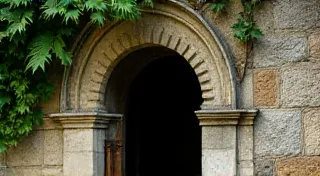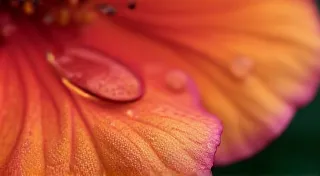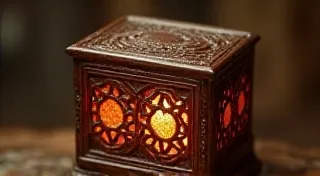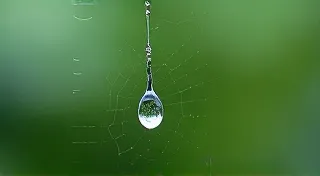The Cartographer's Ghost: Unveiling Secrets Etched in Faded Ink
There’s a quiet reverence that settles when you hold an antique map. It’s not just the age, the fragility, or the beauty of the artistry; it's the feeling that you’re connecting with a voice from the past – the voice of the cartographer, the surveyor, the engraver, and all those whose lives intersected with the creation of this singular object. These weren't mere documents, but windows into a world long gone, filled with the hopes, fears, and misunderstandings of a different era. And sometimes, if you look closely enough, you can almost hear the cartographer’s ghost whispering its secrets.
My journey into the world of antique map restoration began, not with a scientific pursuit, but with a deep and almost inexplicable fascination. As a child, I would spend hours in my grandfather’s study, surrounded by dusty tomes and rolled parchment. He was a historian, and his collection, though broad, held a particular cache of old maps. He never explicitly taught me anything, but the mere act of observing, of tracing the delicate lines with my fingers, instilled a profound respect for the skill and labor that went into their creation. It wasn’t simply about geography; it was about humanity's ceaseless desire to understand and document its place in the world.
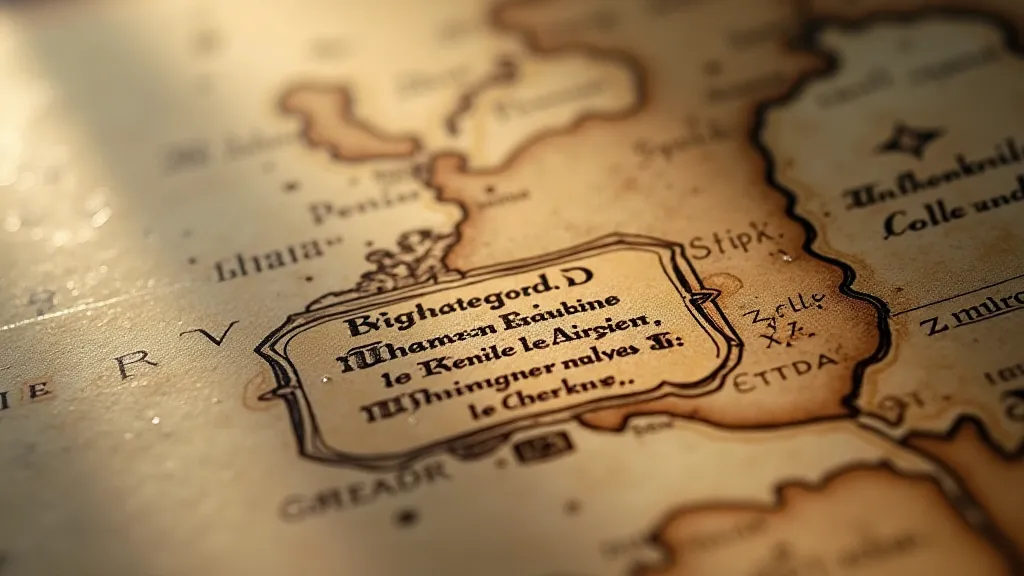
The Art of Creation: More Than Just Lines on Paper
It's easy to think of antique maps as simply representations of geographic locations. But the truth is far more complex. Creating a map in the 16th, 17th, or 18th century was an immense undertaking. It began with painstaking surveying, often using rudimentary instruments and relying heavily on local knowledge. Then came the meticulous transcription of those observations, the careful drawing of coastlines, rivers, and mountains. Many maps were created without the benefit of aerial photography or satellite imagery – the cartographer’s eye was their only guide.
Engraving played a crucial role. A master engraver would translate the cartographer’s drawings onto a metal plate, often copper or zinc. This process demanded incredible precision and artistry. A single map might take months, even years, to complete, involving the collaborative efforts of numerous skilled artisans. Imagine the dedication – the sheer human investment – embedded within each fold and crease.
Deciphering the Whispers: Historical Context and Subtle Clues
The real intrigue begins when you start to look beyond the geographic accuracy. Antique maps are filled with deliberate inaccuracies, fanciful depictions of unknown lands, and subtle political statements. Consider the “Carta Marina” by Olaus Magnus, published in 1539. While a remarkable achievement in detail, it also includes mythical creatures, exaggerated coastlines, and allegorical representations of Swedish provinces. These weren’t errors; they were intentional, reflecting the cultural and political climate of the time.
Political agendas frequently influenced mapmaking. Territorial disputes were often “solved” by redrawing boundaries. The projection used to represent the spherical Earth on a flat surface – a notoriously difficult task – could subtly favor one nation over another. Even the naming of places could be politically charged, reflecting shifting alliances and evolving empires. Understanding this historical context is absolutely essential for appreciating the true significance of an antique map.
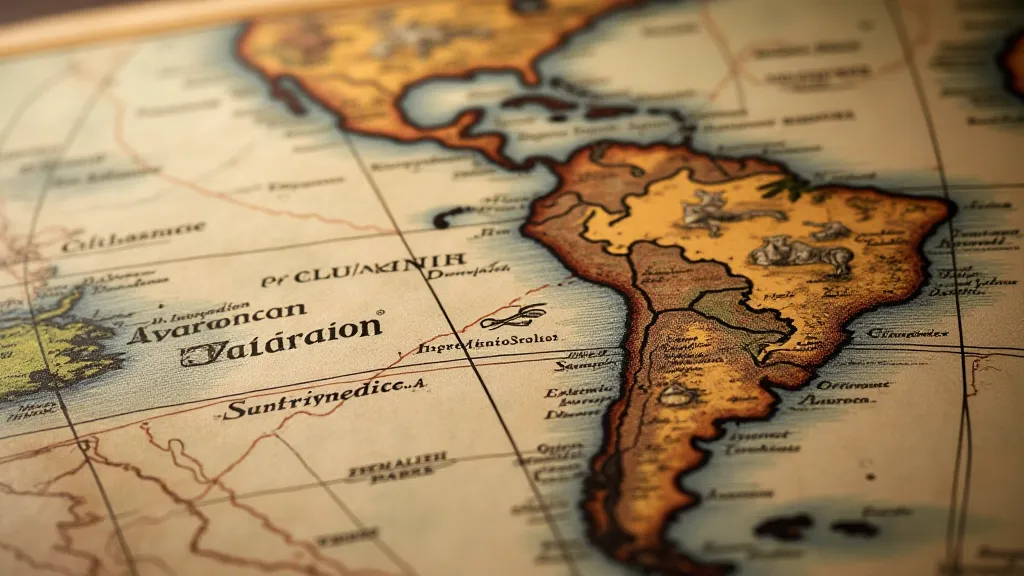
The Fragility of Time: Challenges in Restoration
Unfortunately, time takes its toll. Paper degrades, inks fade, and maps become vulnerable to damage from light, moisture, and pests. The conservation of antique maps is a delicate process, requiring a deep understanding of paper chemistry, ink properties, and archival best practices. The principles of conservation are simple: minimal intervention, reversibility, and preservation of the original material. We aim not to "restore" the map to a pristine state – that would be an act of falsification – but to stabilize it, to prevent further deterioration, and to reveal its beauty as truthfully as possible.
Deacidifying paper maps is a common, crucial step. Many older maps were printed on acidic paper, which slowly degrades over time, turning brittle and yellow. Modern deacidification treatments can neutralize this acidity, extending the map’s lifespan significantly. Similarly, repairing tears and reinforcing weak areas requires specialized techniques and archival-quality materials. Our goal is always to ensure the map remains a testament to the skill of its creators and a valuable resource for future generations.
Beyond the Technique: Appreciating the Human Story
While the technical aspects of antique map restoration – the deacidification, the paper repair, the conservation – are important, they are secondary to the larger appreciation of the human story embedded within each document. The cartographer’s ghost isn't just about the geography; it's about the hopes, the dreams, the biases, and the limitations of those who created these maps.
I recently worked on a Dutch East India Company map from the 1680s. The level of detail regarding trade routes and colonial settlements was astonishing, yet the indigenous populations were represented with unsettling inaccuracies and stereotypical depictions. Examining this map wasn’t just about preserving a piece of paper; it was about confronting a difficult and often uncomfortable chapter in history.
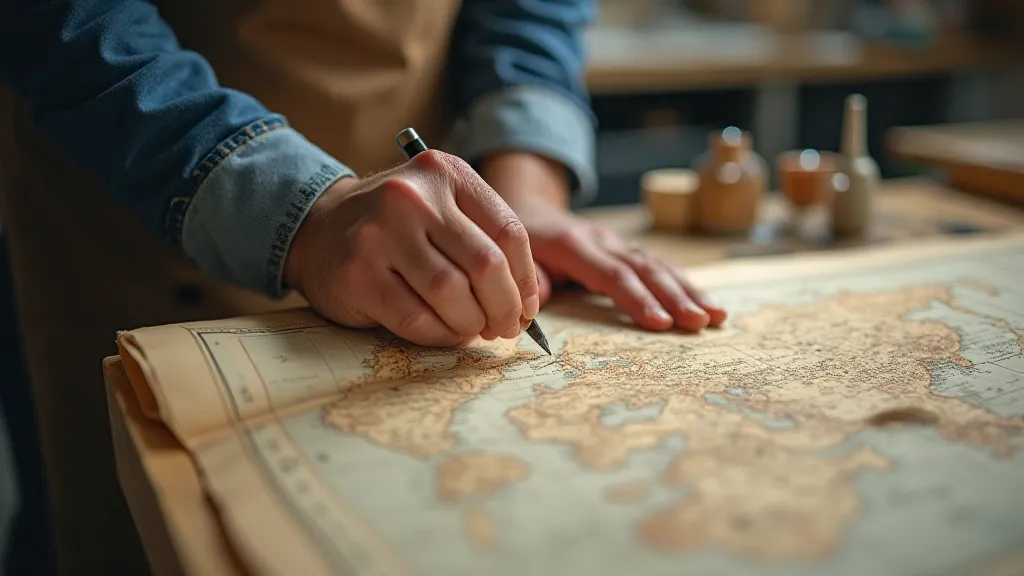
A Legacy Etched in Ink
Antique maps offer a unique window into the past. They are not just geographic representations; they are cultural artifacts, historical documents, and works of art. By understanding the history of their creation, by appreciating the skill of their makers, and by diligently preserving their fragile beauty, we can ensure that the cartographer’s ghost continues to whisper its secrets for generations to come.
The next time you hold an antique map, take a moment to truly examine it. Look beyond the lines and symbols, and consider the human story that lies beneath. You might just hear the faintest echo of the cartographer’s voice, a testament to the enduring power of human exploration and the enduring beauty of a legacy etched in ink.

